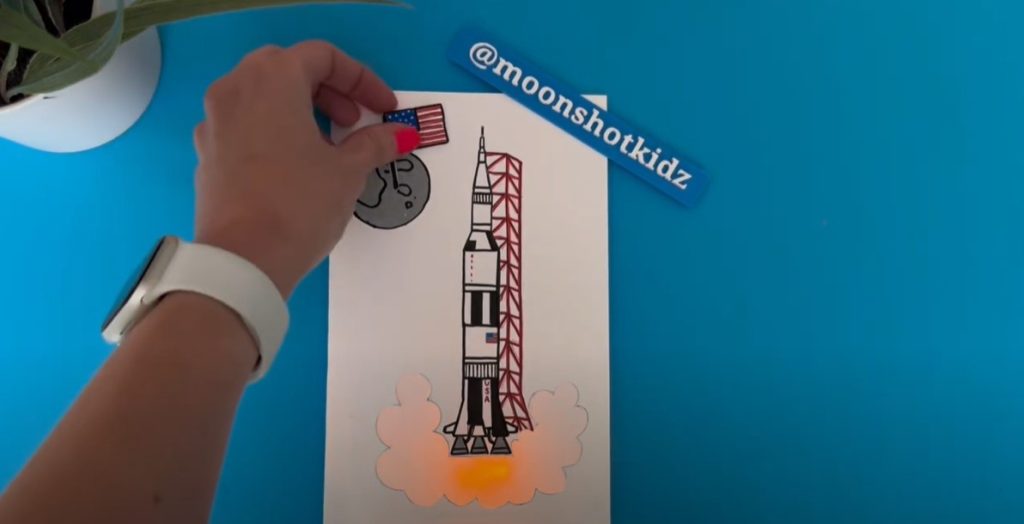 Ambulances are crucial for health emergencies, but they often transport sick people. Microbes and bacteria can linger, so how do ambulance crews ensure their vehicle is safe and ready for the next patient? An innovative new product, designed with NASA’s help, aims to sterilize the rig and gear to make it safer for the patients and the paramedics.
Ambulances are crucial for health emergencies, but they often transport sick people. Microbes and bacteria can linger, so how do ambulance crews ensure their vehicle is safe and ready for the next patient? An innovative new product, designed with NASA’s help, aims to sterilize the rig and gear to make it safer for the patients and the paramedics.
AmbuSTAT is a small, inexpensive device that creates a mist that can kill close to 99 percent of microorganisms in less than an hour. It uses atomic oxygen and oxidation, which kills microbes but also causes metal to rust. That left developer Emergency Products + Research (EP+R) with a challenge: how to ensure the sterilizing mist wouldn’t rust or otherwise harm the ambulance engine or any of the delicate electronics on board.
This is where NASA’s expertise came in. Through the Regional Economic Development Program, field centers offer a limited amount of consulting with a NASA subject matter expert. “If we can help a company make a better product or create new jobs, improve on a process they need help with, those are all part of the goal,” explains Laurel Stauber, senior program specialist at Glenn’s office of Technology Incubation and Innovation.
Stauber assigned expert Sharon Miller to work with EP+R. The company had decided on a machine that sprayed out the sterilizing chemical in a mist or fog; however, the team had many questions about making it both effective and harmless to the equipment but didn’t know how to get answers. Miller does.
“I work in space environment testing here at Glenn Research Center, and primarily what I do is look at how materials on spacecraft react when they’re in the environment of upper atmospheres of planetary bodies and in space,” said Miller, adding that atomic oxygen and oxidation are things NASA is familiar with.
That’s because atmosphere atomic oxygen is far more prevalent at altitudes above Earth’s breathable than here on the ground, and can become destructive for spacecraft. Additionally, it is unstable and will react with anything that it comes in contact with to make a stable chemical compound. Miller helped EP+R realize that the electrostatic fogger they were considering was potentially a risk for the ambulance’s electronics.
After setting up a testing protocol to see what impact, if any, the sterilizing process had on the sensitive electrical equipment on the ambulance, Miller also helped them find scientific literature that would answer their questions. “The testing was pretty much similar to what we do in simulations, only it’s a ground application,” so it was a natural fit for her to guide them, she says.
“They had a pretty good idea of what they wanted to do, but technically they couldn’t figure out how to get from where they were to the end product,” Miller recalls. She provided advice that helped them to move in another direction.
 Within a few months following the NASA consultation, EP+R was delivering its first AmbuSTAT units. It uses a small fogger to create a mist with a solution that consists of water, peracetic acid, and hydrogen peroxide. Peracetic acid and hydrogen peroxide are excellent disinfectants, and mixed in a solution tend to be more stable and work at lower concentrations.
Within a few months following the NASA consultation, EP+R was delivering its first AmbuSTAT units. It uses a small fogger to create a mist with a solution that consists of water, peracetic acid, and hydrogen peroxide. Peracetic acid and hydrogen peroxide are excellent disinfectants, and mixed in a solution tend to be more stable and work at lower concentrations.
“Microbes are made up of carbon, so the oxygen atoms attack their chemical structure and their cells are converted with time to harmless vapor byproducts,” like carbon dioxide and water vapor, explains Miller.

Jason Thompson, a former paramedic and current employee of EP+R, says the chemical reactions take just minutes. “All you need to do is a five-minute cleanup—strip linen, throw away any visible trash, spot clean any visible matter—and run the fogger for 22 minutes. Let it sit for 15 minutes with the doors shut, and let it air out another 10 minutes,” he says, explaining that in under an hour, about 99 percent of the organisms in that space are destroyed.
EP+R has fulfilled orders with EMS groups in Texas, Ohio, Florida, Georgia, New York, and Canada. The units are also being used beyond ambulances: in a school in Ohio and police cars and jail cells. And the interest continues to grow.
To learn more about this and other NASA innovations to support a global response to coronavirus (COVID-19), visit Space Center Houston’s new, temporary exhibit Mission: Control the Spread.






